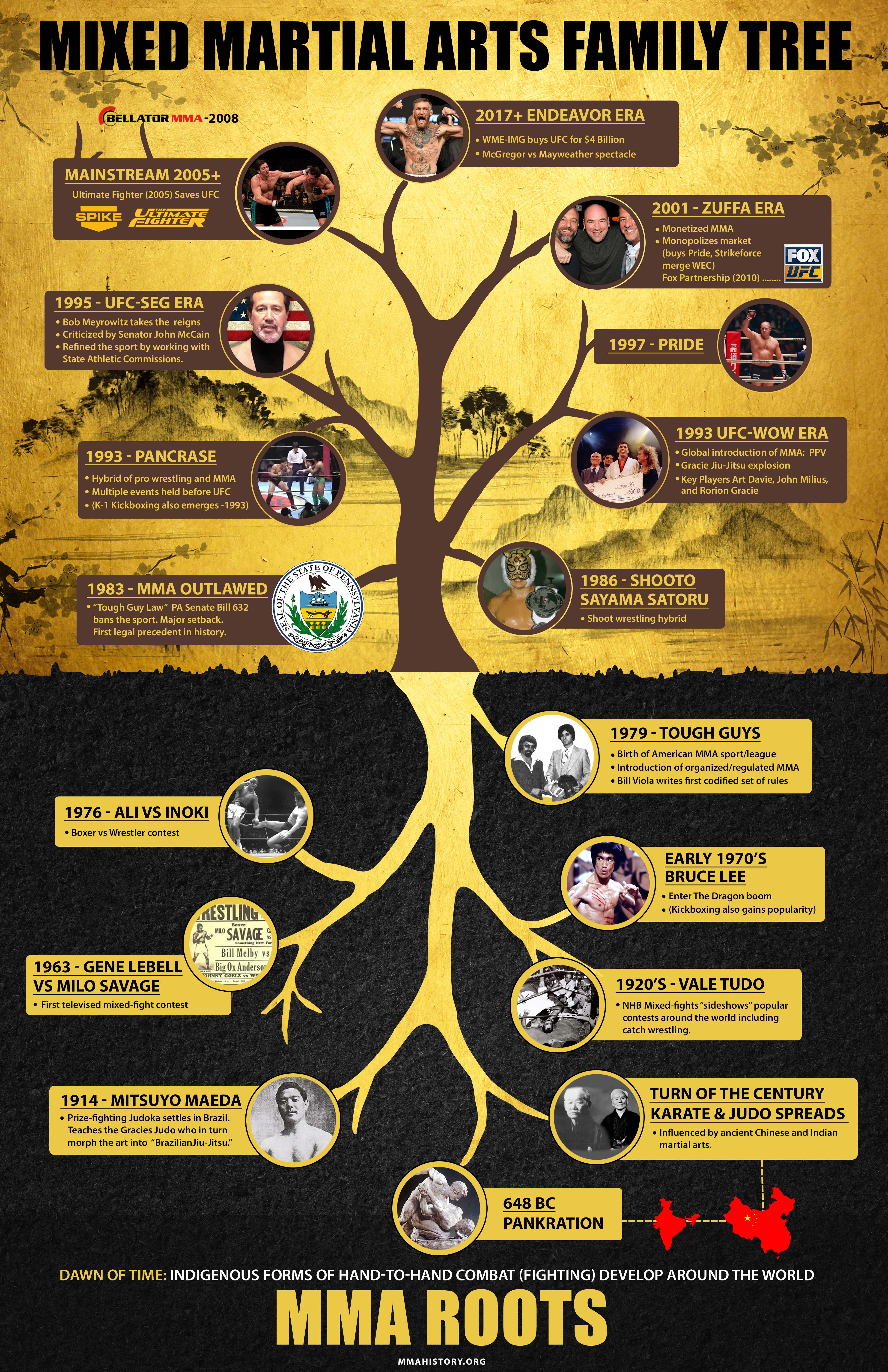Checking Out The Distinctions Between Traditional Martial Arts And Contemporary Fight Sports
Checking Out The Distinctions Between Traditional Martial Arts And Contemporary Fight Sports
Blog Article
Article Composed By-Kok Snedker
When you consider martial arts, do you lean extra toward the standard practices or the modern combat sports? Each course provides special benefits and experiences, formed by their viewpoints and training methods. https://martial-arts-kids-arnis-n45552.fare-blog.com/35674734/start-a-life-changing-experience-at-a-martial-arts-academy and discipline, while contemporary combat sports concentrate on competitors and performance. Understanding these differences can lead you in choosing the appropriate strategy for your journey. Yet exactly how do these distinctions show up in training and viewpoint?
The Philosophy and History Behind Traditional Martial arts
While many people associate martial arts with physical battle, the viewpoint and history behind traditional martial arts run much deeper. You'll locate that these disciplines stress personal growth, self-control, and respect.
Originating from ancient techniques, traditional martial arts were typically developed for Self-Defense and spiritual development. They symbolize concepts such as equilibrium, consistency, and self-control, leading practitioners beyond simple combating abilities.
As you train, you'll not only find out methods however additionally get insights right into the culture and worths that shaped these arts. The rituals and practices, often passed down via generations, cultivate a feeling of neighborhood and belonging.
The Affordable Nature of Modern Combat Sports
Modern battle sporting activities have changed the landscape of martial arts into an extremely competitive sector, where professional athletes take on in a test of skill, approach, and endurance.
You'll observe that competitors are typically organized with strict rules and guidelines, ensuring fair play and security. https://bonnercountydailybee.com/news/2023/jan/04/sma-teaches-martial-arts-and-about-life/ bring in huge audiences, sustaining the excitement and intensity of competitions.
Athletes train rigorously, not just for physical expertise yet likewise for mental durability, knowing that every information counts in the ring. The adrenaline rush throughout competitions is apparent, as boxers press their limitations to assert success.
should martial arts be banned appreciate the athleticism and artistry included, making modern battle sporting activities a thrilling phenomenon that remains to advance and captivate enthusiasts worldwide.
Training Methods and Methods: A Relative Analysis
The affordable environment of contemporary battle sports needs cutting-edge training techniques that vary considerably from standard martial arts.
In modern-day training, you'll focus on certain techniques, sparring, and conditioning, usually utilizing drills that simulate genuine battle scenarios. You'll see a focus on measurable efficiency and regular competitors to assess your abilities.
In contrast, typical martial arts focus on types, katas, and philosophical mentors, typically highlighting discipline and regard over competition.
Training is normally much less intense and might involve repeated method rather than real-time sparring.
While both techniques develop skill and fitness, modern-day battle sporting activities give an extra vibrant and versatile training environment, preparing you for instant difficulties in the ring or cage.
Select https://dojomartialartsforkids44431.blogpayz.com/35593829/empower-yourself-and-increase-confidence-the-value-of-self-defense-workshops that lines up with your objectives and passions.
Conclusion
In choosing between typical martial arts and contemporary battle sporting activities, it actually boils down to what you value a lot of. If you're seeking personal development, discipline, and a sense of neighborhood, traditional arts may be your finest fit. Yet if you thrive on competitors and real-time difficulties, modern-day battle sports could be the means to go. Ultimately, both paths provide one-of-a-kind advantages, so it's everything about straightening your training with your personal objectives and interests.
